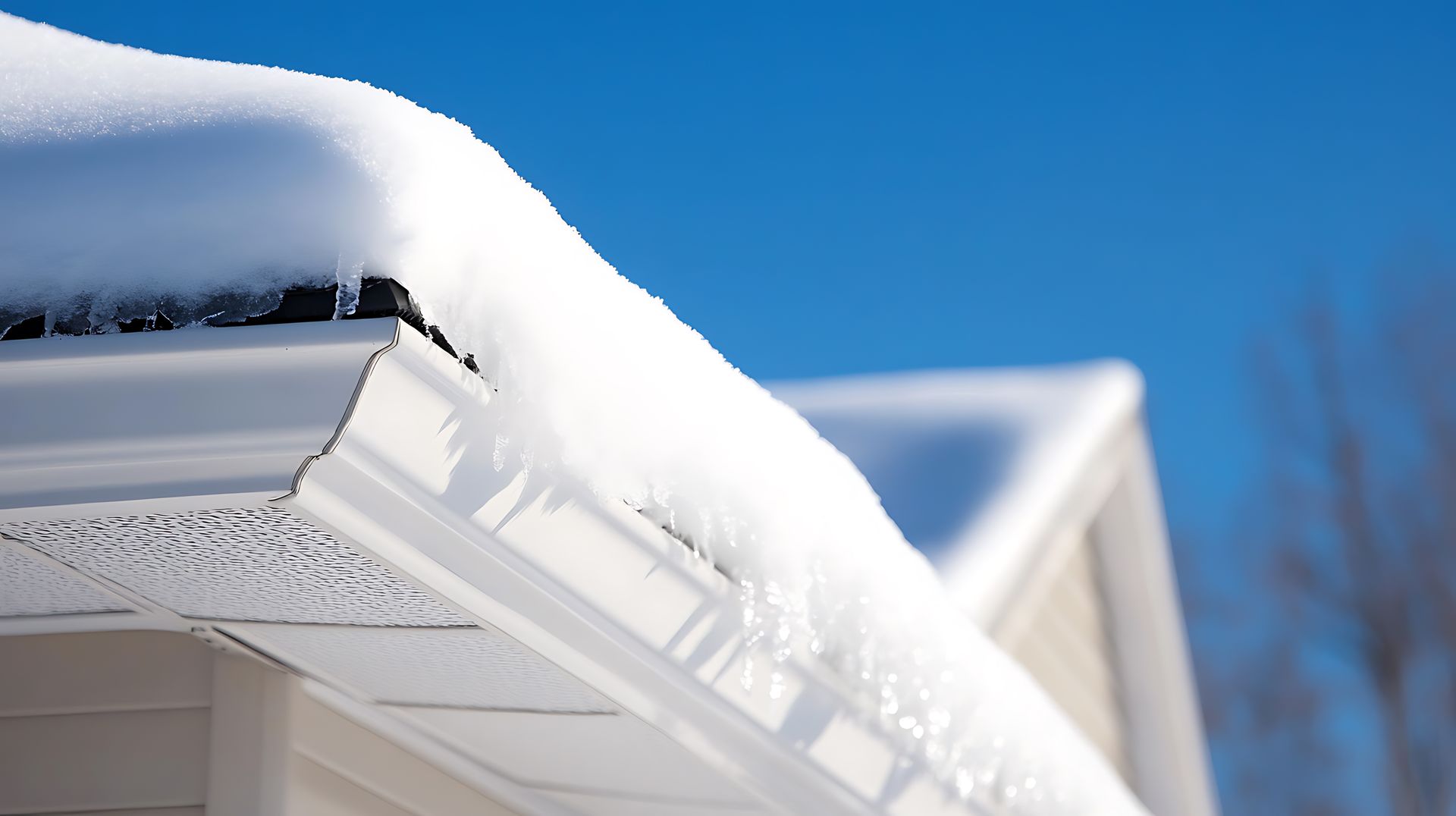Buying a home is a significant investment, and it's crucial to be aware of potential issues that could impact the value and safety of your new property. A home inspection is an essential step in the homebuying process, as it can uncover hidden problems that might require expensive repairs or even make the property unsafe. In this blog post, we'll discuss the top 10 home inspection red flags that every homebuyer should be aware of before making a purchase.
1. Foundation Problems
Issues with a home's foundation can lead to major structural problems down the line. Look for signs like visible cracks in the walls or floors, doors and windows that stick or don't close properly, and uneven or sloping floors. While some cracks can be normal, significant gaps or horizontal cracks may indicate more severe issues.
2. Roof Damage
A damaged or aging roof can lead to water leaks, mold growth, and costly repairs. During the home inspection, the inspector will check for missing or damaged shingles, sagging areas, and signs of water damage. Replacing a roof can be expensive, so it's essential to know its condition before purchasing the home.
3. Outdated Electrical Systems
Older homes may have outdated electrical systems that aren't up to code and can pose a fire hazard. Look for outdated components like knob-and-tube wiring, aluminum wiring, or an insufficient electrical panel. Upgrading an electrical system can be a costly and time-consuming process, so it's crucial to be aware of these issues before buying.
4. Plumbing Issues
Plumbing problems can lead to water damage, mold growth, and expensive repairs. During the home inspection, be on the lookout for signs of water leaks, slow drains, low water pressure, and old or corroded pipes. Additionally, check the water heater's age and condition, as replacing it can be a significant expense.
5. Poor Ventilation and Insulation
Inadequate ventilation and insulation can lead to higher energy bills and potential moisture problems. Inspectors will check the attic for proper insulation and ventilation, as well as inspect windows and doors for drafts and sealing issues. Improving a home's insulation and ventilation can help save on energy costs and prevent moisture-related problems.
6. Termite or Pest Infestations
Pest infestations can cause severe structural damage to a home and be expensive to remediate. Look for signs of termite damage, such as wood that sounds hollow when tapped, mud tubes on the home's exterior, or visible termite wings. Additionally, check for signs of other pest infestations, like rodent droppings or insect nests.
7. Mold and Mildew
Mold and mildew can cause health problems and damage to a home's structure. Look for visible signs of mold growth, water stains, and musty odors. If mold is found, it's essential to determine the source of the moisture and address any underlying issues.
8. Asbestos and Lead Paint
Older homes may contain hazardous materials like asbestos or lead paint. Asbestos can be found in insulation, flooring, and other building materials, while lead paint was commonly used in homes built before 1978. Both materials can pose health risks if disturbed, so it's essential to be aware of their presence and the potential cost of remediation.
9. Inadequate Grading and Drainage
Poor grading and drainage can lead to water damage, foundation issues, and a wet basement. Inspectors will check for signs of standing water, soil erosion, and damage to the foundation from water infiltration. Addressing grading and drainage problems can help prevent costly damage to your home in the future.
10. Illegal Additions or Renovations
Sometimes, homeowners undertake additions or renovations without obtaining the necessary permits or adhering to local building codes. These illegal modifications can create safety hazards, affect the home's insurability, and even lead to fines or required removal of the unpermitted work. During the inspection, the inspector will verify that any additions or significant renovations have been properly permitted and completed to code. As a buyer, it's crucial to know the legal status of any modifications and be prepared to address any issues that may arise.
Being aware of these top 10 home inspection red flags can help you make a more informed decision when purchasing a property. It's essential to work with a qualified home inspector who can thoroughly examine the home and provide a detailed report on its condition. By identifying potential issues early on, you can negotiate with the seller to address repairs or adjust the purchase price accordingly, ensuring you're making a sound investment in your new home.




